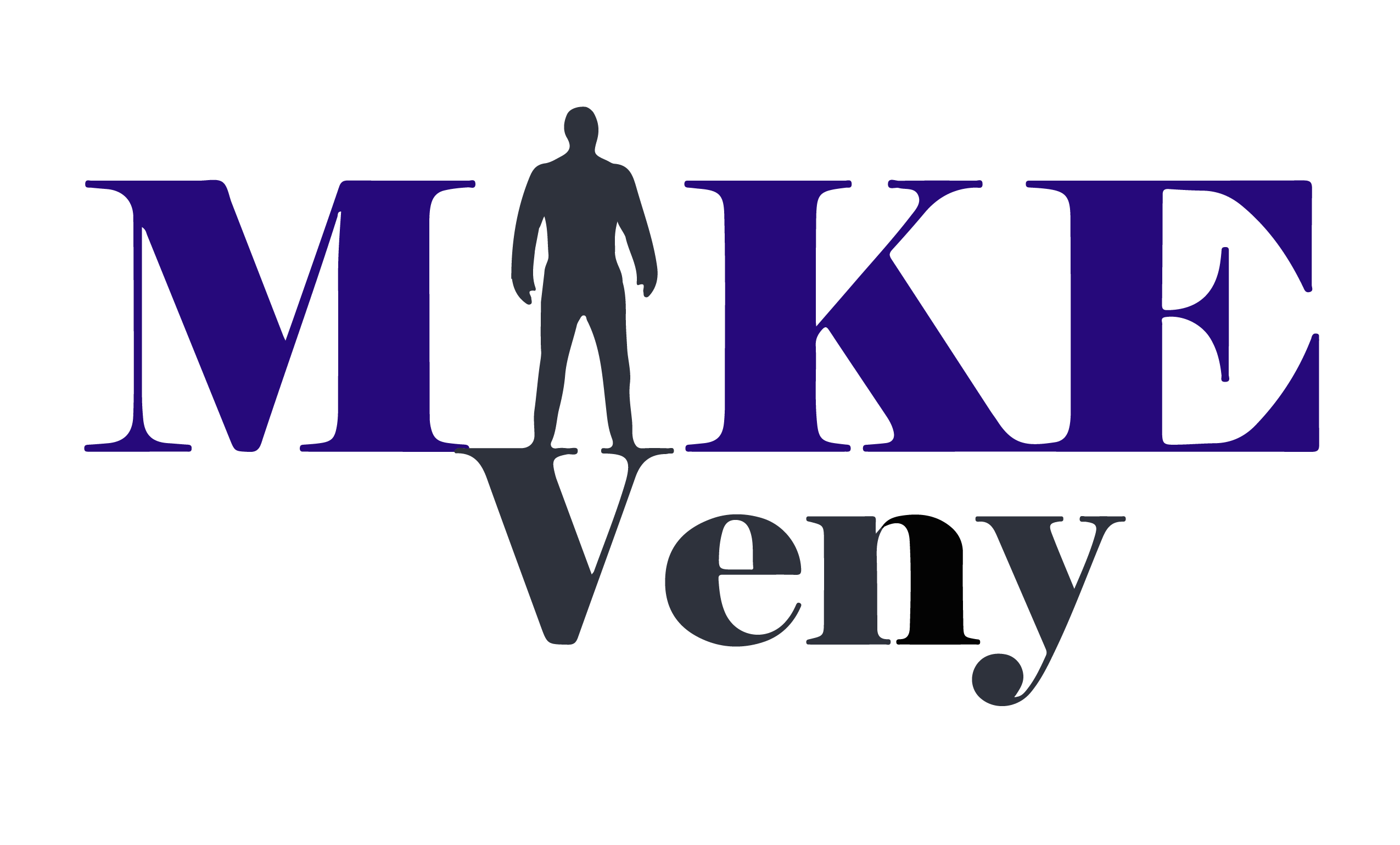
Image Source: AI Generated
As a mental health motivational speaker, I’ve seen firsthand the transformative power of mental health trainings in the workplace. Over the years, I’ve had the privilege of delivering mental health presentations and workshops to diverse audiences, witnessing how these initiatives can make a significant difference in people’s lives. Mental health trainings have become increasingly important in today’s fast-paced work environment, offering valuable tools and insights to support employee well-being and foster a healthier organizational culture.
In this comprehensive guide, we’ll explore the key components of effective mental health trainings and how to implement them successfully. I’ll share insights from my experience as a mental health speaker for the workplace, along with resources and best practices from the field. We’ll dive into topics like understanding the importance of mental health education, leveraging technology for training delivery, and creating sustainable mental health initiatives. Whether you’re looking to develop a Mental Health First Aid program or enhance your existing mental health workshops, this article aims to provide you with practical strategies to improve mental health support in your organization.
Understanding the Importance of Mental Health Training
As a mental health speaker for the workplace, I’ve seen firsthand how crucial mental health trainings are in today’s work environment. These trainings are not just a nice-to-have; they’re an essential part of creating a healthy, productive workplace. Let me share why investing in mental health education is so important and how it can benefit both employees and organizations.
The Business Case for Mental Health Support
When we talk about the bottom line, mental health matters. According to a recent survey, 84% of workers experienced at least one mental health challenge over the past year. This includes everything from stress and burnout to more serious conditions like depression and anxiety. These challenges don’t just affect individual employees; they have a real impact on productivity, team performance, and company profits.
By implementing effective mental health trainings, companies can see significant returns on their investment. These programs help reduce absenteeism, increase employee engagement, and improve overall workplace morale. Plus, they can lead to better decision-making and creativity, which are crucial for any business’s success.
Legal and Ethical Considerations
It’s not just about the business benefits – there are legal and ethical reasons to prioritize mental health in the workplace too. Many countries have laws that require employers to provide a safe and healthy work environment, which includes mental health considerations. By offering mental health trainings, companies can ensure they’re meeting these legal obligations and demonstrating their commitment to employee wellbeing.
Ethically, it’s the right thing to do. We spend a large portion of our lives at work, and employers have a responsibility to support their employees’ overall health and wellness. Mental health trainings show that a company values its employees as whole people, not just as workers.
Building a Culture of Wellbeing
One of the most powerful outcomes of mental health trainings is the creation of a culture that supports wellbeing. These programs help break down the stigma surrounding mental health issues, making it easier for employees to seek help when they need it. They also equip managers and coworkers with the tools to recognize signs of mental health challenges and offer support.
In my mental health presentations, I often discuss how this cultural shift can transform a workplace. When employees feel supported in their mental health, they’re more likely to be engaged, loyal, and productive. It creates a positive cycle where wellbeing and success go hand in hand.
By understanding the importance of mental health training, organizations can take the first step towards creating a healthier, more resilient workforce. Whether it’s through mental health workshops, Mental Health First Aid programs, or other initiatives, the investment in employee mental health is one that pays dividends in countless ways.
Key Components of Effective Mental Health Trainings
As a mental health speaker for the workplace, I’ve learned that effective mental health trainings have several key components. These elements work together to create a comprehensive and impactful learning experience. Let’s dive into these essential components.
Mental Health Awareness and Education
The foundation of any good mental health training is building awareness and providing education. This includes covering topics like common mental health conditions, their symptoms, and how they can affect work performance. In my mental health presentations, I always start by dispelling myths and misconceptions about mental health. It’s crucial to provide accurate, up-to-date information from reliable sources.
One effective approach is to use real-life examples and personal stories. This helps participants connect with the material on a more emotional level. I often share my own experiences with mental health challenges, which helps break down barriers and encourages open discussion.
Stress Management Techniques
Stress is a major factor in workplace mental health, so it’s essential to include stress management techniques in your training. This could include teaching relaxation methods like deep breathing exercises, mindfulness meditation, or progressive muscle relaxation.
In my mental health workshops, I like to introduce participants to the concept of “stress buckets.” This visual metaphor helps people understand how stress accumulates and the importance of regular “emptying” through self-care and stress management techniques.
Communication and Support Skills
Effective communication is key in creating a mentally healthy workplace. Training should cover how to have supportive conversations about mental health, including active listening skills and how to respond empathetically to someone who’s struggling.
I often include role-playing exercises in my trainings, where participants can practice these skills in a safe environment. This hands-on approach helps build confidence in addressing mental health issues in the workplace.
Another important aspect is teaching employees how to recognize signs that a colleague might be struggling with their mental health. This could include changes in behavior, work performance, or physical appearance. By equipping employees with these observation skills, we create a more supportive work environment where people look out for each other.
In addition to these core components, I always emphasize the importance of ongoing support and resources. This might include information about Employee Assistance Programs (EAPs), local mental health services, or online resources. The goal is to ensure that participants know where to turn for help if they or a colleague need it.
Remember, effective mental health trainings aren’t just about imparting information – they’re about creating a culture of openness, support, and proactive mental health management in the workplace. By incorporating these key components, you can develop mental health trainings that truly make a difference.
Leveraging Technology for Mental Health Training Delivery
As a mental health speaker for the workplace, I’ve seen how technology has transformed the way we deliver mental health trainings. With the rise of digital platforms, we now have more tools than ever to reach and engage employees. Let’s explore some innovative ways to use technology for effective mental health education.
Online Learning Platforms
Online learning platforms have become a game-changer for mental health trainings. These platforms allow us to create and deliver courses that employees can access anytime, anywhere. For example, our company offers a range of online courses on topics like stress management, self-care, and workplace mental health. These courses include video lessons, interactive quizzes, and downloadable resources.
One of the benefits of online learning is its flexibility. Employees can go through the material at their own pace, fitting it around their work schedules. This is especially helpful for those who might feel uncomfortable attending in-person workshops on mental health topics.
Virtual Reality Simulations
Virtual reality (VR) is an exciting new frontier in mental health training. VR simulations can create immersive experiences that help employees better understand mental health challenges and practice coping strategies.
Imagine a VR simulation that puts you in the shoes of someone experiencing anxiety in a workplace setting. You can feel your heart rate increase, your palms get sweaty, and your thoughts race. This kind of experiential learning can build empathy and understanding in a way that traditional training methods can’t match.
Mobile Apps and Resources
Mobile apps are another powerful tool for delivering mental health training and support. There are apps for meditation, mood tracking, cognitive behavioral therapy exercises, and more. As part of our mental health initiatives, we often recommend certain apps to complement our training programs.
One advantage of mobile apps is that they provide ongoing support beyond the initial training. Employees can use these tools daily to practice what they’ve learned and maintain their mental well-being.
In addition to these technologies, we’re always exploring new ways to make mental health trainings more engaging and effective. From interactive webinars to AI-powered chatbots that can answer mental health questions, the possibilities are endless.
By leveraging these technologies, we can create more accessible, engaging, and impactful mental health trainings. This not only helps individual employees but also contributes to creating a more mentally healthy workplace culture overall.
Creating a Sustainable Mental Health Training Initiative
As a mental health speaker for the workplace, I’ve seen firsthand how crucial it is to create a sustainable mental health training initiative. It’s not just about delivering a one-time presentation; it’s about fostering a culture of ongoing support and education. Let me share some strategies that have worked well in my experience.
Developing Internal Champions
One of the most effective ways to ensure the longevity of your mental health training program is to develop internal champions. These are employees who are passionate about mental health and willing to take on a leadership role in promoting wellness initiatives. I’ve found that when organizations identify and empower these champions, the impact of mental health trainings is significantly amplified.
In my mental health presentations, I often encourage attendees to step up and become advocates for mental wellness in their workplace. These champions can help organize follow-up sessions, share resources, and keep the conversation going long after the initial training.
Integrating with Existing Wellness Programs
To create a truly sustainable initiative, it’s essential to integrate mental health trainings with existing wellness programs. Many organizations already have physical health or employee assistance programs in place. By incorporating mental health components into these existing structures, you can ensure that mental wellness becomes a consistent part of your overall health strategy.
For example, if your company offers regular health screenings, consider adding a mental health check-in as part of the process. Or, if you have a wellness newsletter, include a section on mental health tips and resources. This integration helps normalize mental health as an essential part of overall well-being.
Ongoing Education and Support
Sustainability in mental health training isn’t just about repetition; it’s about evolution and adaptation. As a mental health speaker, I always emphasize the importance of ongoing education and support. This could involve regular workshops, webinars, or even a series of micro-learning modules that employees can access at their convenience.
One effective approach I’ve seen is the implementation of Mental Health First Aid programs. These courses provide in-depth training on how to recognize signs of mental health challenges and offer initial support. By having a team of Mental Health First Aiders in your workplace, you create a network of support that can help sustain your mental health initiatives.
Additionally, consider offering resources like online courses or mobile apps that provide ongoing support for mental wellness. These tools can help reinforce the concepts learned in training sessions and provide employees with practical strategies for managing their mental health on a day-to-day basis.
Remember, creating a sustainable mental health training initiative is an ongoing process. It requires commitment, flexibility, and a willingness to adapt to the changing needs of your workforce. By developing internal champions, integrating with existing programs, and providing ongoing education and support, you can create a culture where mental health is valued and prioritized every day.
Conclusion
Implementing effective mental health trainings in the workplace is a journey that requires commitment, flexibility, and ongoing effort. By understanding the importance of these initiatives, incorporating key components, leveraging technology, and creating sustainable programs, organizations can foster a culture that truly values mental well-being. As a mental health speaker for the workplace, I’ve seen firsthand how these efforts can transform work environments and improve lives.
While I’m proud of the mental health trainings and resources our company offers, it’s crucial to recognize that there are many valuable options available. Every organization’s needs are unique, and finding the right fit is key to success. To get started on your journey to implement workplace mental health training that gets results, I invite you to check out our FREE Mini-Course. Remember, investing in mental health is not just good for employees – it’s essential for building resilient, thriving organizations.
FAQs
- How can mental health awareness be promoted?Promoting mental health awareness can be achieved through open discussions about mental health issues, educating on the signs and symptoms, regularly assessing one’s mental health, participating in local mental health programs, and adopting a comprehensive approach to support others.
- What strategies are effective for implementing mental health education?Effective mental health education strategies include enhancing mental health literacy, encouraging mindfulness, fostering social, emotional, and behavioral learning, improving connectedness among students, staff, and families, offering psychosocial skills training and cognitive behavioral interventions, and supporting the well-being of staff.
- How can a mental health workshop be effectively facilitated?To effectively facilitate a mental health workshop, start by assessing the needs, sharing personal experiences, setting clear goals, choosing an appropriate format, designing engaging activities, conducting the workshop, and finally, evaluating its effectiveness. Consider all these elements to ensure the workshop meets its objectives.
- What are three strategies to maintain good mental health?Three key strategies for maintaining good mental health include engaging in regular physical activity, such as 30 minutes of daily walking, eating healthy meals regularly and staying hydrated, prioritizing sleep, participating in relaxing activities, setting realistic goals and priorities, practicing gratitude, focusing on positive aspects of life, and maintaining social connections.


